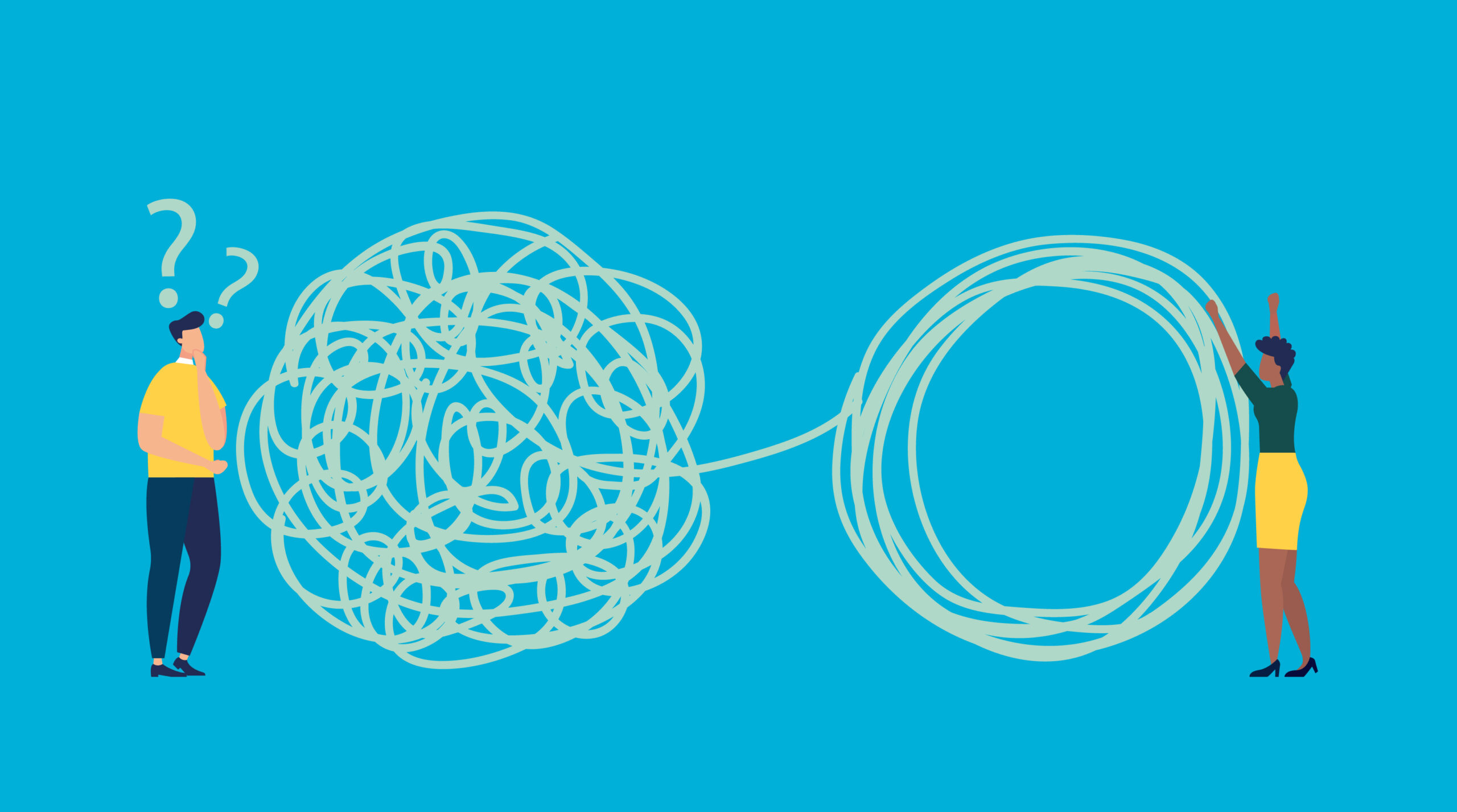Experiencing nerves and anxiety might not be particularly pleasant – but new research shows that by reappraising these emotions we can improve our creativity and our overall performance.
When was the last time you felt really excited? You know – butterflies in the stomach, ragged breathing, that slight tremble? Was it when the alarm went off early because you were going on that amazing holiday? The moments before the band you’d been waiting months to see, came on stage? That second date when you thought this might be “the one”?
Now let’s think about when you last felt nervous. Was it before you delivered a major presentation or when you went for a job interview? Again, how did you feel physically? Putting the context aside it’s a reasonably safe bet that your bodily sensations when you last got excited about something were pretty similar to those when you’ve felt nervous.
The body’s physiological responses to stress are basically the same as the way in which it responds to excitement. The executive function of the brain takes a reading of these responses, then looks around at what’s happening in the outside world, before deciding whether you’re anxious or excited. Sometimes, we’ll even make ourselves feel more excited/nervous as we gear ourselves up to do something that requires extra energy and effort such as delivering a presentation or going to a party where we won’t know anyone.
Thinking more creatively
Now, related this phenomenon, in a new study, researchers have been asking whether this reframing of our emotions can help us to think more creatively. To find out, they conducted an experiment in which they asked participants to fill in a scale of one to six how likely they are to reframe or reappraise their emotional state. The statements in this scale included: “I control my emotions by changing the way I think about the situation I’m in.”
The participants were also quizzed on their ability or willingness to suppress their emotions. Here statements included: “I control my emotions by not expressing them.” Next the participants were interviewed to determine their level of creativity – their ability to come up with new ideas and innovative ways of improving a situation. The researchers, who were based at Washington State University, discovered that the more willing and able the participants were to review and reframe their emotions in relation to their situation (perhaps “I’m excited” rather than “I’m nervous”), the better able they were to be creative.
The psychologists then carried out another experiment, this time to determine whether using this technique of emotional reappraisal could actually increase creativity. In this case the participants underwent a test to identify how open they were – people who are less open to new ideas tend to be less creative. They were then asked to watch a film that was intended to make them feel angry. They were asked to regulate their emotions while watching. To do this they were split into four groups. Group one was asked to interpret what they were watching in a way that would make them think differently about it.
Managing emotions – optimising performance
The second group were asked to think about something else so that they would be distracted as they watched, the third group were asked to manage their own facial expressions in order to supress their emotions, while the fourth group weren’t given any instructions – they just watched the film.
Then all the participants were asked to take part in a task that would require a creative approach. It was imagined that their office café had closed and so they had to come up with alternatives uses for the space. The number of options that participants came up with and their general creativity were assessed. Even in this group of individuals with low openness to new ideas, those who adopted the reframing or reappraisal strategy turned out to be more creative. A third experiment pointed in the same direction.
So, when we’re stressed by external experiences it seems we can learn to reframe or reappraise what are often considered to be negative and unhelpful emotions and sensations. We can remind ourselves that this is just our body gearing up for a performance. The idea of reappraising these emotions or sensations to unleash creativity is associated with what is sometimes known as being in a “state of flow.”
Flow and clutch performance
Mihaly Csikszentmihalyi was a professor of psychology at Claremont University, California and is known as the Father of Flow. According to Csikszentmihalyi, flow is a state of high-performance that is almost effortless and automatic. Musicians who experience this sensation sometimes claim that the instrument starts to play them, rather than the other way round.
Psychologists working in this field have become increasingly interested in another high-performance mindset: clutch performance. Clutch performance is characterised by a simultaneous state of both high arousal and high focus, in other words a superior performance that occurs when we’re under pressure. Think of the ice skater gliding effortlessly across the ice, that’s flow. Think of the triple axel, that’s clutch performance.
It can take a bit of mental effort but by reappraising negative, stressful emotions we can improve our creativity and enable ourselves to benefit from both flow and clutch performance.



